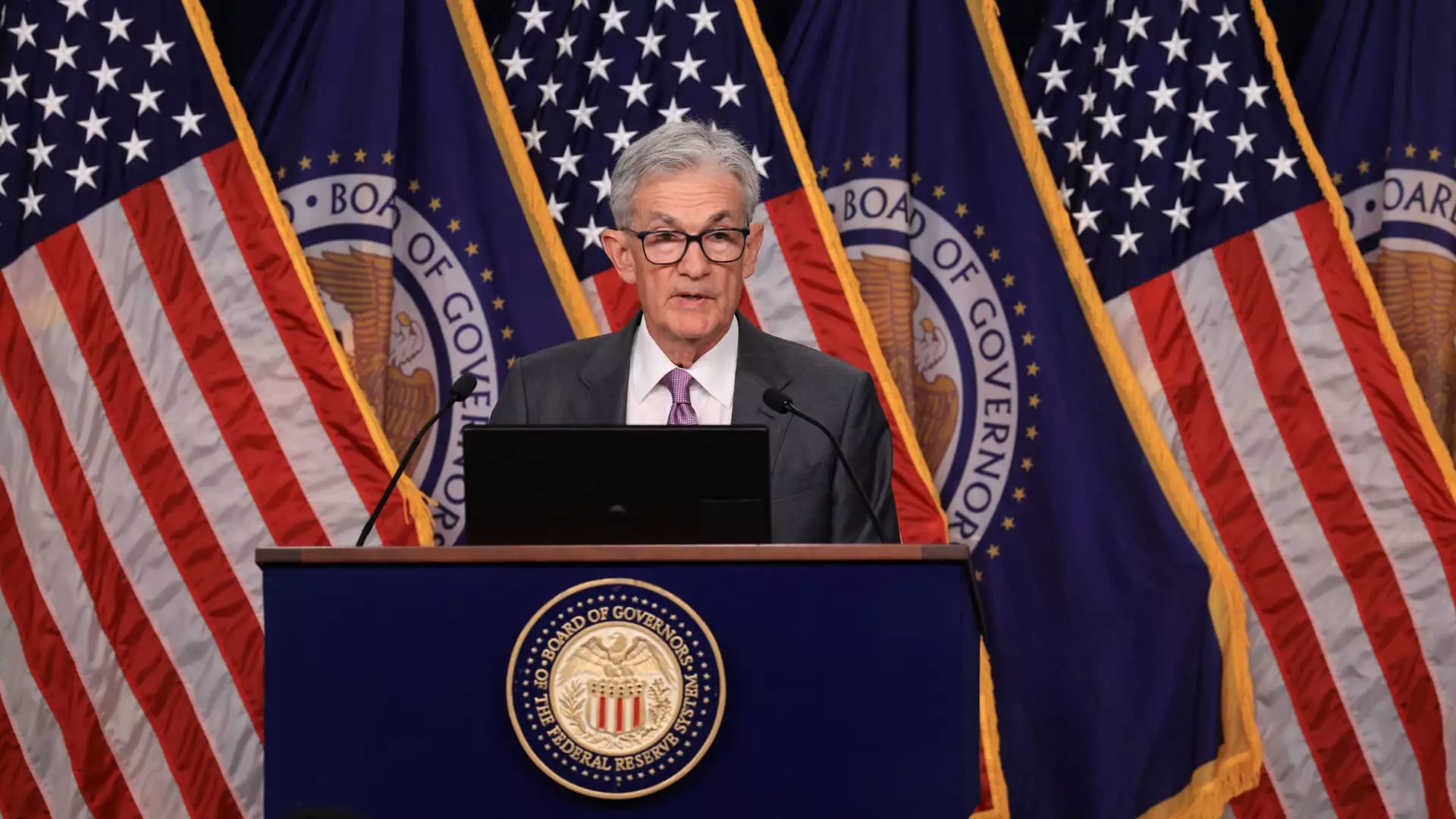The Federal Reserve’s recent decision to lower interest rates has both immediate and long-term implications for the economy. In its most recent policy meetings, the Fed has projected a series of cuts aimed at stabilizing the economic landscape, with estimates suggesting a decline in the federal funds rate to 4.4% by the conclusion of 2024. With the central bank’s timeline consisting of two remaining meetings—on November 6-7 and December 17-18—it’s evident that the Fed is strategically positioning itself to navigate potential economic challenges while fostering an environment conducive to growth.
The most recent dot plot, a critical tool used by the Federal Open Market Committee (FOMC) to communicate future rate expectations, suggests that 19 members anticipate a target range of 4.25% to 4.5% for the fed funds rate by this year’s end. However, the projections extend beyond immediate cuts, outlining a gradual decrease in rates to approximately 3.4% by 2025, and potentially down to 2.9% by 2026. This foresight suggests a deliberate approach, emphasizing a balance between reducing costs for consumers and businesses while maintaining economic stability. The Fed’s cautious optimism comes after a significant rate adjustment—the first since the onset of the COVID-19 pandemic—which indicates a responsive strategy to evolving inflation metrics.
Despite the positive movement towards lower interest rates, the Fed acknowledges the complexities of the current economic situation. The updated projections include a slight uptick in the expected unemployment rate, forecasted to reach 4.4% this year, up from 4% previously. This adjustment illustrates the balancing act the central bank must perform: fostering job growth while curbing inflation. In contrast, the inflation forecast has been reduced from 2.6% to 2.3%, suggesting that the Fed’s measures to control price levels are beginning to show results, though core inflation expectations have been slightly downgraded to 2.6%.
The Fed’s approach reflects a commitment to slowly but surely steering the economy towards both stable growth and sustainable inflation. Chairman Jerome Powell emphasized that there is no urgency to accelerate this process, indicating a preference for gradual adjustments rather than abrupt changes. This measured pace allows for adapting to new economic data as they emerge, minimizing potential shocks to the economic system. The messaging from the Fed is clear: it is focused on fostering a balanced economic recovery while closely monitoring inflation trajectories and employment metrics.
The Federal Reserve’s decisions regarding interest rates are pivotal in shaping the economic outlook. As the central bank continues to assess economic indicators, the forthcoming meetings will be crucial. By maintaining a cautious yet adaptive stance, the Fed aims to create a resilient economic framework that supports growth while addressing inflation concerns. The balance of maintaining employment levels and controlling inflation remains a critical priority as the Fed navigates these complex financial waters.

Leave a Reply